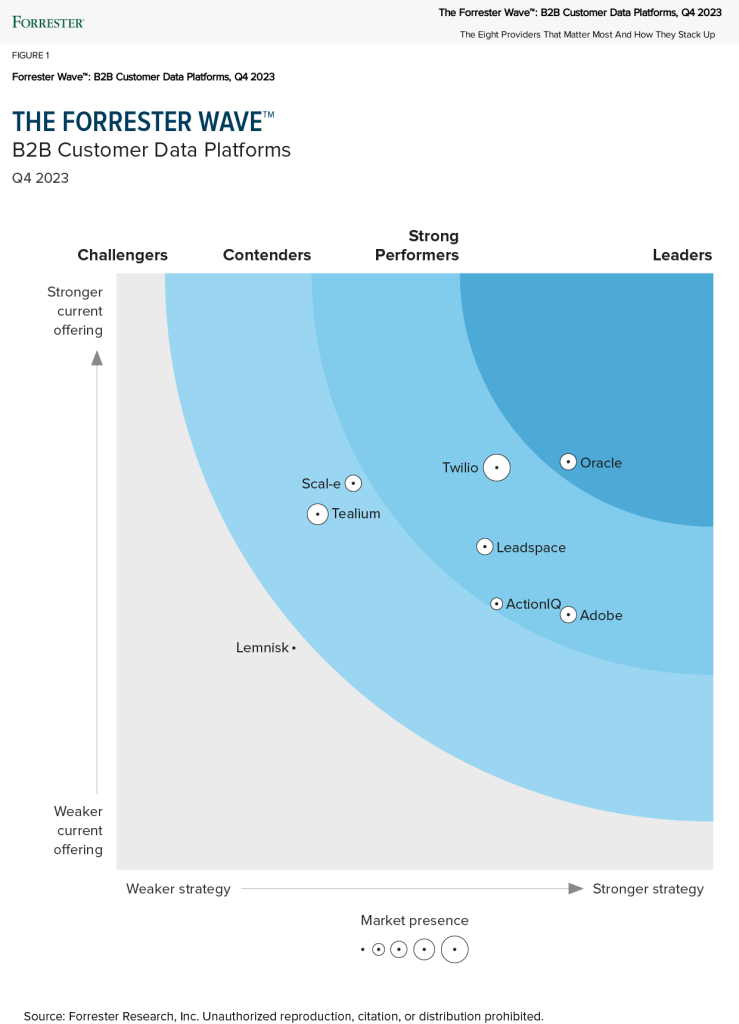As we discussed in the previous blog, the main obstacle with operationalizing buyer data is that it is static. It takes a lot of data to build the buyer profiles that our sales and marketing teams need to effectively hone-in on closeable business.
- Procuring all these static signals from numerous vendors gets expensive – quick.
- Blending it all together is brutally cumbersome, time-consuming and error-prone.
- Keeping it up-to-date is tedious and often neglected.
Acquiring a variety of static data from multiple vendors means that we get to see several aspects of our buyers at specific moments in time, but we still need to manually piece it all together and continuously amend it in order to paint a picture of our buyers that we can actually use to target them effectively.
If we continue without a solution, these problems will compound significantly…
Without an effective means of associating accurate, up-to-date buyer data to the correct person, company or buying committee, sales and marketing teams should expect to encounter numerous challenges in making their buyer data actionable for true, data-driven decision-making. Worst case scenario, you’ll end up actively creating bad customer/prospect experiences as a result of incomplete and inaccurate personalization based off of bad buyer profiles. The right data attributed to the wrong buyer is ultimately wrong, and bad personalized outreach will make for a worse experience than no personalization at all.
Other challenges to expect include:
- Stagnant/static databases
- Outdated/old data
- Incomplete or duplicate records
- Personal email addresses
- Lack of unique or missing identifiers
- Siloed data
- Business Implications
- Long lead to response times
- Missed sales opportunities
- Wasted demand gen efforts and spend
- Overall poor customer experience
- Long lead to response times
- Incomplete or duplicate profiles
- Violation of consumer privacy regulations
- Data quality issues
- Fragmented view of customer journey
- Difficulty activating customer data across channels
All these heaps of problems reveal an urgent need for a truly dynamic single source of truth for across sales and marketing. Achieving that single source of truth efficiently is becoming increasingly critical in order to compete in our expanding data-driven industry.
How can Sales & Marketing overcome these obstacles and challenges?
Having a single, comprehensive view of your customer data in one place makes it significantly easier to effectively target the right people at the right time with personalized campaigns. Sales and Marketers must automate the process of resolving identities and mapping their buyer data to the correct account, while keeping it all up-to-date. A Customer Data Platform (CDP) can empower sales & marketing teams to seamlessly blend all of their siloed customer data into a single source of truth – developing buyer profiles for people, companies (even divisions with hierarchies) and accounts. Even better, with certain CDP solutions, those unified profiles are automatically updated in real-time as source data changes and new data is ingested. The framework behind the scenes that makes it all possible is Identity Resolution.
What is an Identity Resolution framework?
Identity resolution is the process of accurately associating data (or buying signals) with each of the specific people who interact with your business. Identity resolution is required to build a 360-degree view of your prospects/buyers, partners, and suppliers. It is entirely critical to automating and implementing your lead-to-account matching process correctly. In today’s world, profiling is the backbone of any data-driven organization – the stronger your data is, the better your next-best-step decision-making process is.
An Identity resolution framework, as part of a CDP platform, aggregates data from numerous buyer touchpoints then enriches that data with embedded third-party data and unifies it all with the company’s first-party data. Complete buyer profiles (with hierarchies) are automatically generated and updated based on a system of rules, helping sales and marketing teams associate buyers to companies and buying groups in real-time.
Identity resolution is the ability to resolve, from a ton of data signals, the identity of a buyer – who they are, who they work for. It’s the science of connecting the growing volume of person identifiers to a single individual as he or she interacts across channels and devices. In other words, Identity Resolution is the process of accurately associating data (or buying signals) with the specific people who interact with your business. With Identity resolution, you can build a 360-degree view of your prospects, customers and partners. It is the foundation to automating your lead-to-account matching process correctly.
With the right identity resolution and profiling software, you can leverage a centralized system to resolve buyer identities across all of your data and applications to ensure you’re generating the best possible buyer profiles at every hierarchy.
Why is Identity Resolution an urgent goal today?
Time kills all deals and all leads. In today’s economic environment, speed is of the essence. Leading companies today with strong identity resolution platforms are able to take even the most limited of information in simple web forms, enrich them with great data, match them to a CRM account and route them to the right system or person in minutes. Identity resolution makes your underlying data (and profiles) more trustworthy, improves customer service, enhances operational efficiencies and increases data analytics reliability.
Long story short, there are a ton of problems that sales and marketing teams face when attempting to operationalize their buyer data from static data vendors. Luckily, with a comprehensive Identity Resolution framework, we can overcome those obstacles. But the story doesn’t end there – overcoming the obstacles is just part of the potential. Identity resolution is the unsung hero in GTM ROI. Fundamental to any sales and marketing endeavor is knowing who that buyer is – and what role they play in the buying team. It’s the difference between flying blind and flying smart. Whether or not you have a strong identity resolution framework is the main factor in determining and authenticating your knowledge of your buyer.
Stay tuned for the next blog in this series where we will explore buying groups and numerous other opportunities for growth-potential that come with adopting a powerful Identity Resolution framework. We’ll discuss how to choose the best Identity Resolution solution for your data environment as well.


